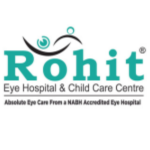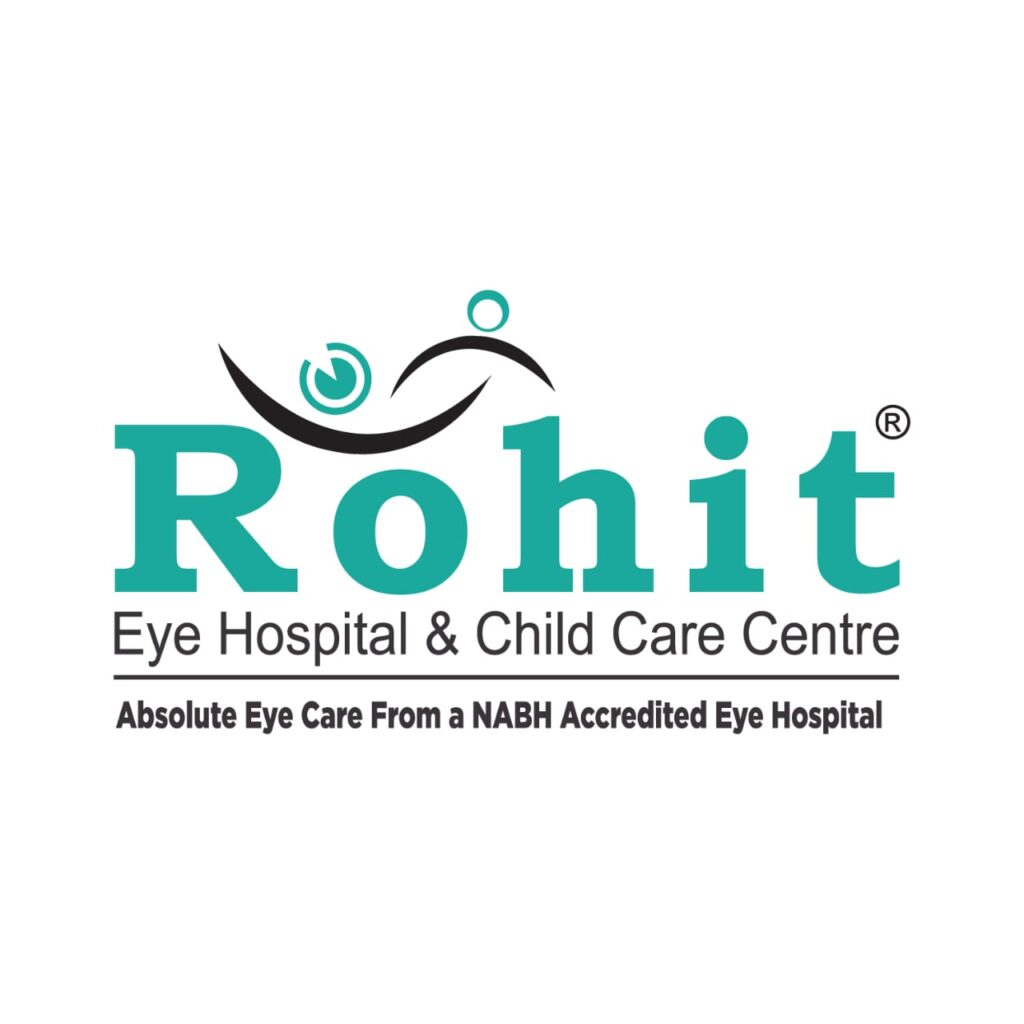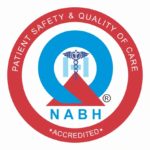Eyes are delicate organs that work together to create a single, sharp image of the world around us. When both eyes have equal refractive power, the brain can easily merge the images into one clear picture. However, when there is a difference in the focusing power of the two eyes, the visual system struggles to achieve clarity. This condition is known as anisometropia, and while it may sound uncommon, it is more frequent than most people realize. If not addressed, anisometropia can lead to vision issues that interfere with depth perception, comfort, and overall quality of life.
In this article, we’ll break down what is anisometropia, its causes, symptoms, and the various treatment options available. By the end, you’ll have a complete understanding of the condition and how timely intervention can help preserve vision.
What is Anisometropia?
Anisometropia is a vision condition where the two eyes have unequal refractive power. This means that one eye may be more nearsighted (myopic), farsighted (hyperopic), or have more astigmatism compared to the other. Because of this difference, the brain receives two images of unequal clarity or size, making it difficult to fuse them into a single, clear picture.
The difference in refractive error can range from mild to severe. Even a small variation can strain the eyes and cause discomfort, while larger differences may lead to significant vision issues such as amblyopia (lazy eye) in children. In adults, anisometropia can cause headaches, poor depth perception, and visual fatigue if not managed properly.
It’s important to note that anisometropia is not merely a “glasses number problem.” It is a condition that can affect the overall visual development in children and day-to-day productivity in adults, making early diagnosis and management absolutely essential.
Anisometropia Causes
Understanding the root causes of anisometropia is the first step toward effective treatment. Several factors can contribute to the condition, ranging from genetics to environmental influences.
1. Refractive Errors
The most common cause of anisometropia is the presence of unequal refractive errors. One eye may be myopic (nearsighted) while the other is hyperopic (farsighted), or one eye may have significantly more astigmatism than the other. This imbalance forces the brain to work harder to process visual input, which often results in blurry or uncomfortable vision. Over time, untreated refractive errors can make it more difficult for both eyes to function together effectively.
2. Genetics
Genetics often play a role in determining how our eyes develop. Some people may inherit traits that cause one eye to be shaped differently than the other, leading to variations in focusing ability. Family history of refractive errors or anisometropia increases the likelihood of developing the condition. In many cases, children with anisometropia have close relatives who faced similar issues during their lifetime.
3. Eye Diseases or Injuries
Conditions such as cataracts, corneal scars, or retinal abnormalities in one eye can disrupt how light is focused, leading to a refractive imbalance. Eye injuries or infections during childhood may also affect the development of one eye more than the other, resulting in anisometropia. These cases are often more complex and require a combination of medical and corrective treatments.
4. Developmental Differences
In some children, one eye may grow or develop at a slightly different rate compared to the other. This uneven development can cause one eye to have a longer or shorter axial length, directly influencing its refractive power. Such differences often become noticeable during early school years, when children start engaging in activities that require clear, consistent vision.
5. Surgical Complications
Certain eye surgeries, especially those performed to correct cataracts or other eye conditions, can sometimes alter the refractive status of one eye more than the other. Post-surgical anisometropia may occur if artificial lenses implanted during surgery are not balanced correctly. Trauma from surgical procedures can also affect how each eye focuses light, leading to refractive inequality.
Symptoms of Anisometropia
Recognizing anisometropia early can make a huge difference, especially in children. Since the condition disrupts how the eyes work together, the symptoms often show up as discomfort or difficulty in visual tasks.
1. Blurry or Distorted Vision
A person with anisometropia may notice that objects appear clear in one eye but blurry in the other. This inconsistency can make it hard to focus on text, objects, or faces, particularly when switching from near to far vision.
2. Difficulty Focusing
Since the eyes are providing unequal input, the brain struggles to merge the images. This makes concentrating on activities like reading, writing, or working on digital screens challenging. Tasks requiring prolonged focus become tiring, leading to decreased efficiency.
3. Double Vision
In more severe cases, anisometropia can cause diplopia (double vision). The brain receives two separate images that it cannot merge, resulting in overlapping or shadow-like visuals. This makes driving, reading, or sports activities unsafe and difficult.
4. Headaches and Eye Strain
The constant effort required to reconcile unequal images puts extra strain on the eyes and brain. Over time, this can lead to frequent headaches, especially after studying, working on screens, or other visually demanding tasks. Eye strain and fatigue are also common.
5. Poor Depth Perception
Depth perception depends on both eyes working together to judge distance accurately. When anisometropia is present, one eye dominates, and the other provides weaker input. This imbalance makes it difficult to gauge distances correctly, which may affect walking, driving, or playing sports.
6. Amblyopia (Lazy Eye) in Children
Children with untreated anisometropia are at high risk of developing amblyopia. Since the brain prefers the clearer image from the stronger eye, it may begin to ignore the weaker eye altogether. Over time, this can result in permanent vision loss in the underused eye if not treated early.
7. Behavioral Signs in Children
In younger children, symptoms may not be obvious. Instead, parents and teachers may notice behaviors like covering one eye, tilting the head to see better, or avoiding tasks that require sharp vision. Poor coordination, clumsiness, or reluctance to participate in sports and reading activities can also signal anisometropia.
How is Anisometropia Diagnosed?
Accurate diagnosis of anisometropia requires a comprehensive eye examination. Eye specialists use several tests to determine the degree of refractive imbalance and evaluate how well the eyes work together.
1. Visual Acuity Test
This test measures how clearly each eye can see at various distances. Differences in clarity between the two eyes may indicate anisometropia.
2. Refraction Test
Using a phoropter and trial lenses, the doctor determines the exact prescription for each eye. This helps measure the degree of refractive difference.
3. Retinoscopy and Automated Refraction
By shining light into the eyes, doctors can observe how it reflects off the retina to assess focusing ability. Automated instruments can also calculate refractive error precisely, making diagnosis more accurate.
4. Slit-Lamp Examination
This test allows doctors to closely examine the cornea, lens, and other structures to rule out conditions such as cataracts, scars, or disease-related causes of anisometropia.
5. Binocular Vision and Eye Alignment Tests
Since anisometropia affects how the eyes work together, tests for alignment and binocular coordination are essential. These help determine whether the patient has developed conditions like strabismus (eye misalignment).
Anisometropia Treatment Options
Treatment depends on the severity of anisometropia, the patient’s age, and the underlying cause. Fortunately, several effective options are available today.
1. Prescription Glasses
Eyeglasses are the most common treatment. Lenses are designed to correct the difference in refractive power so that both eyes provide clear, balanced images. For children, timely prescription glasses can prevent amblyopia from developing. In mild cases, glasses are often sufficient to restore comfortable vision.
2. Contact Lenses
Contact lenses may offer better results than glasses in cases with a large prescription difference. Unlike glasses, contacts sit directly on the eye’s surface, reducing image size differences (aniseikonia). This makes vision more natural and comfortable, particularly for adults who need precise correction.
3. Amblyopia Therapy
When anisometropia leads to amblyopia, doctors recommend additional therapy. This may include:
- Patching the stronger eye to force the weaker eye to work harder and improve visual input.
- Atropine drops in the stronger eye to temporarily blur vision and encourage use of the weaker eye.
- Vision therapy exercises designed to strengthen coordination and improve binocular function.
4. Surgical Options
If anisometropia is caused by structural issues like cataracts or lens irregularities, surgery may be necessary. Cataract removal with intraocular lens (IOL) implantation or refractive surgery (such as LASIK or PRK) can help correct refractive differences. Surgery is usually considered in cases where glasses or contact lenses are insufficient.
5. Regular Monitoring and Follow-up
Anisometropia requires consistent monitoring, especially in children whose eyes are still developing. Regular follow-ups ensure that prescribed treatments are working effectively and adjustments are made as needed. In adults, monitoring helps prevent complications and ensures long-term stability of vision.
Living with Anisometropia
Living with anisometropia can feel challenging at first, but with proper treatment, most patients lead normal, active lives. Children benefit the most from early intervention, which prevents lifelong complications like amblyopia. Adults may need to make small lifestyle changes, such as taking frequent screen breaks, practicing eye exercises, and keeping up with routine check-ups.
Emotional and social support also plays a role. Children may need encouragement at school to wear glasses or undergo patching therapy, while adults may need reassurance when adapting to contact lenses or surgical options. Eye care professionals work closely with patients to ensure personalized treatment that addresses not just the medical aspect but also the psychological comfort of the individual.
Conclusion
Understanding what is anisometropia, its causes, symptoms, and treatment options allows individuals and families to make informed choices about eye health. Although it can lead to serious complications if left untreated, anisometropia is highly manageable with timely intervention.
If you or your child are noticing symptoms like blurry vision, eye strain, or difficulty judging distances, consulting an eye specialist is the best step forward. With advanced diagnostic tools and a wide range of treatments—ranging from glasses and contact lenses to therapy and surgery—anisometropia can be controlled effectively.
Clear vision is not just about seeing well; it’s about living fully, learning actively, and engaging confidently in daily life. With proper care, anisometropia doesn’t have to hold you back from seeing the world in all its clarity and depth.



